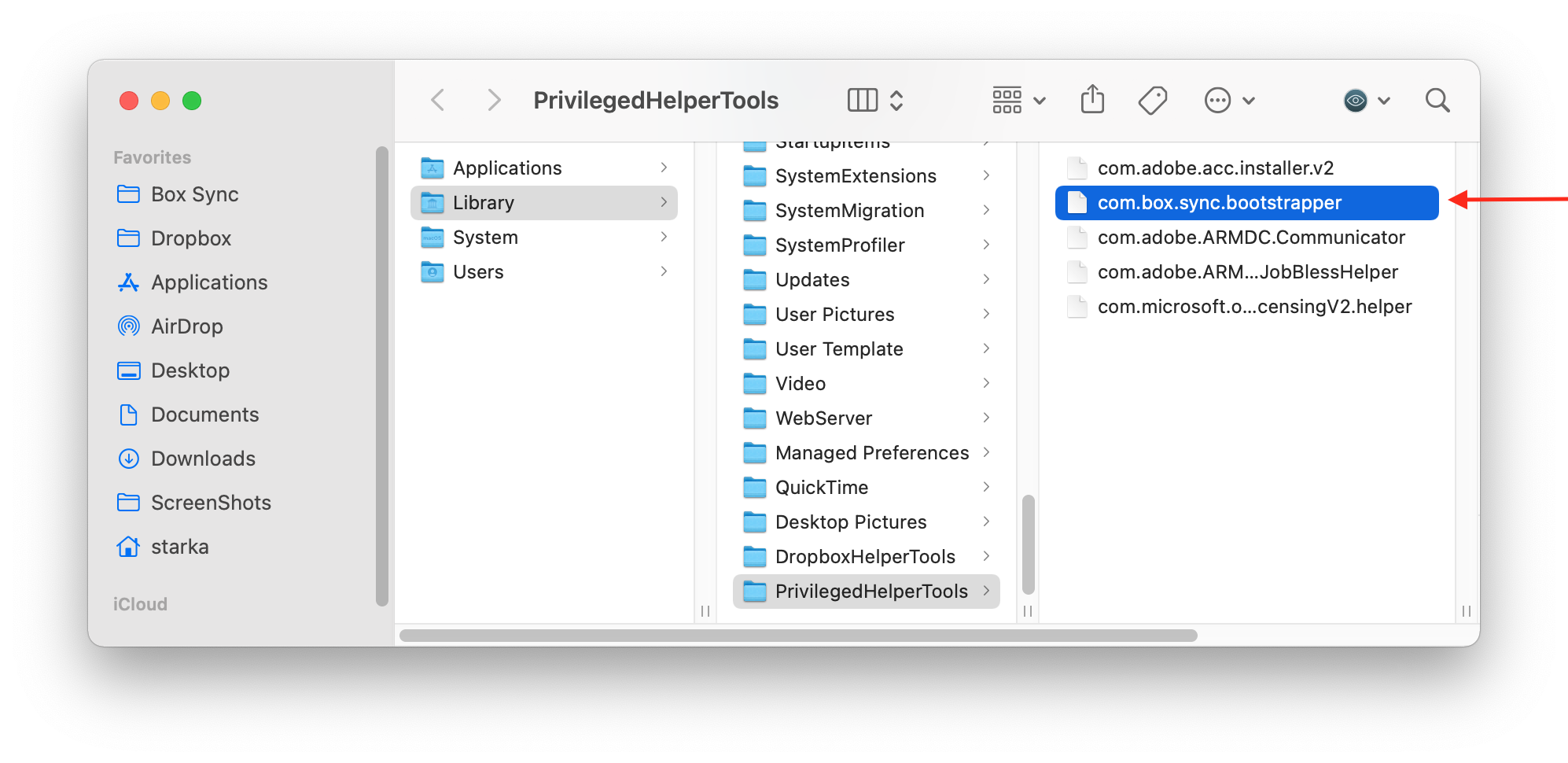

Select the Source and Destination for your replication. For each replication you wish to configure, navigate to the Jobs tab and click Add Job. Click Connect to ensure that the connection is configured properly.ĬData Sync enables you to control replication with a point-and-click interface and with SQL queries.See the "Getting Started" chapter of the help documentation for a guide to using OAuth. To authenticate to Box, you will need to obtain the OAuthClientId, OAuthClientSecret, and CallbackURL by registering an app. To add a connection to your Box account, navigate to the Connections tab.īox uses the OAuth standard to authenticate. You can configure a connection to Box from the Connections tab. Click Test Connection to ensure that the connection is configured properly.Click Continue to Security Credentials and expand the Access Keys section to manage or create root account access keys.Select your account name or number and select My Security Credentials in the menu that is displayed.Sign into the AWS Management console with the credentials for your root account.To obtain the credentials for your AWS root account, follow the steps below: To create or manage the access keys for a user, select the user and then select the Security Credentials tab.To obtain the credentials for an IAM user, follow the steps below: Note: Though you can connect as the AWS account administrator, it is recommended to use IAM user credentials to access AWS services. To connect to Amazon S3, provide the credentials for an administrator account or for an IAM user with custom permissions: Set AccessKey to the access key ID.

To add a replication destination, navigate to the Connections tab.Įnter the necessary connection properties. Using CData Sync, you can replicate Box data to Amazon S3. CData Sync integrates live Box data into your Amazon S3 instance, allowing you to consolidate all of your data into a single location for archiving, reporting, analytics, machine learning, artificial intelligence and more.Ĭonfigure Amazon S3 as a Replication Destination Always-on applications rely on automatic failover capabilities and real-time data access.


 0 kommentar(er)
0 kommentar(er)
